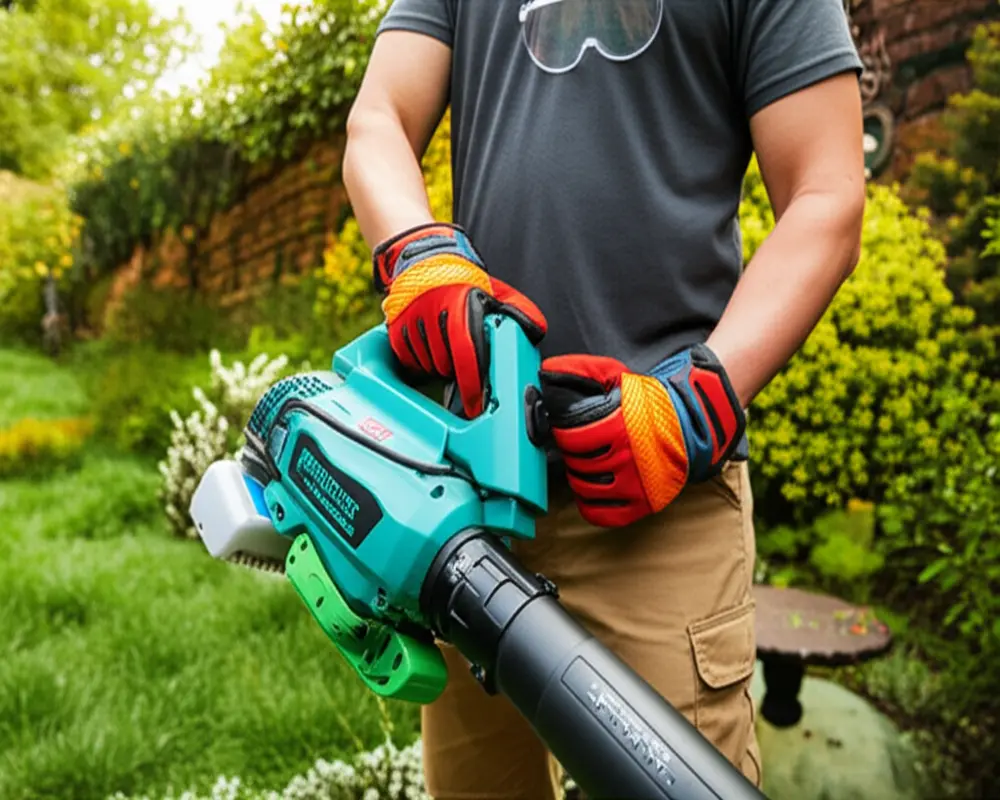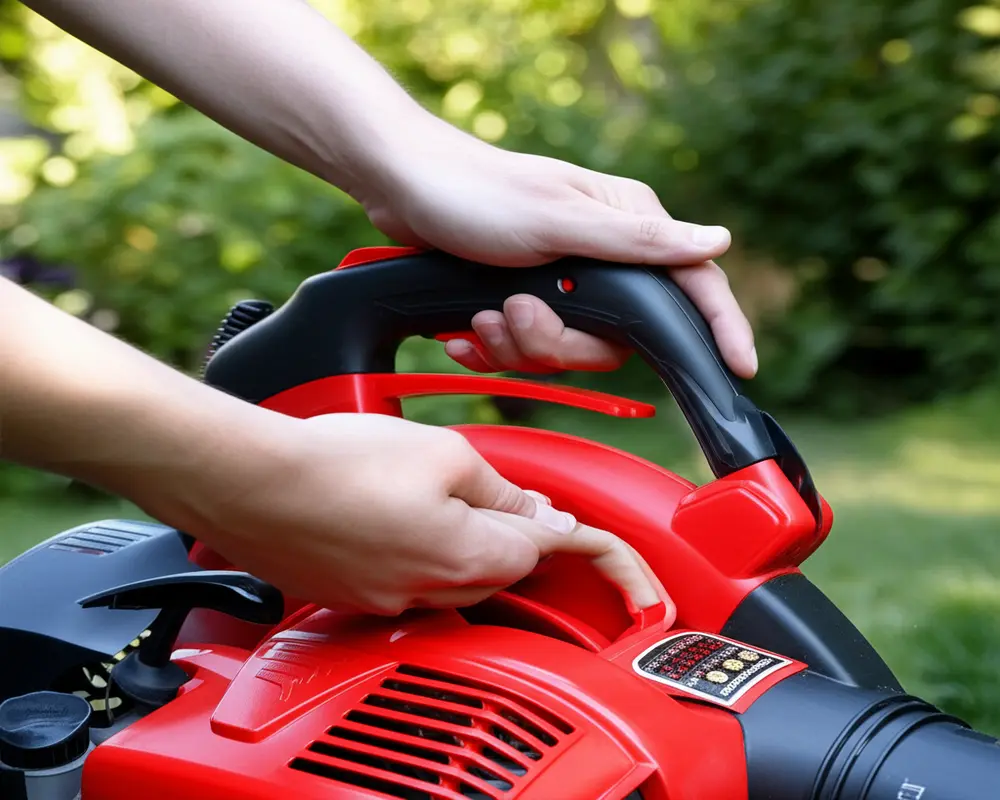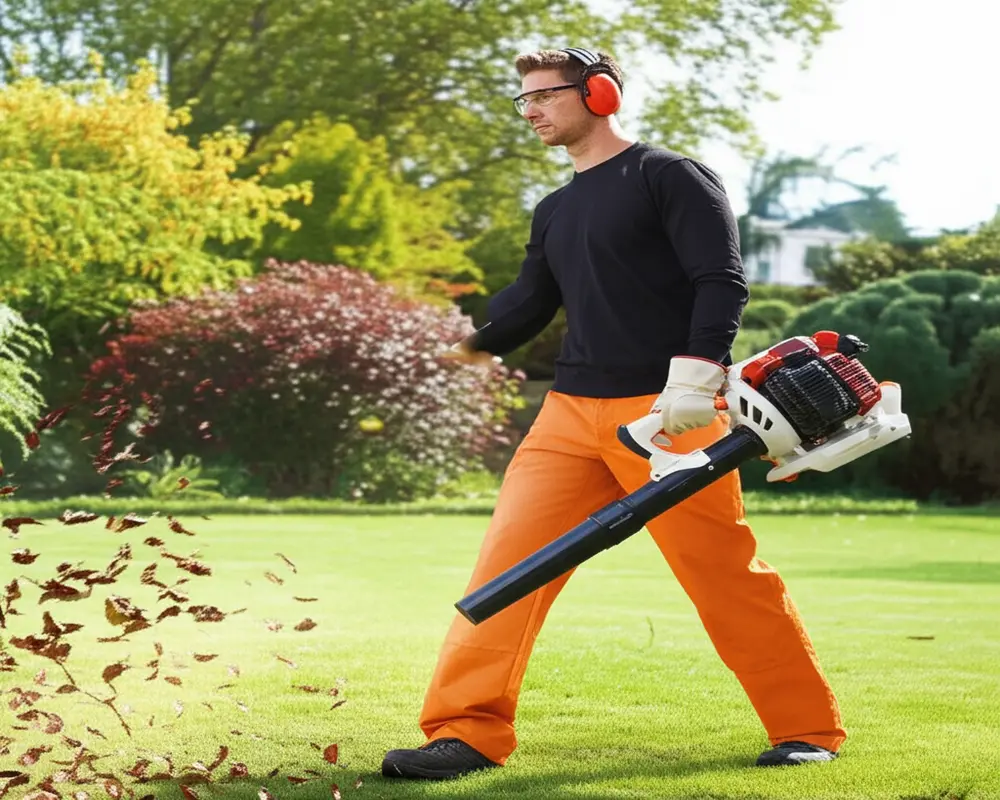The Ultimate Guide to Leaf Blower Safety: Protect Yourself & Your Property
Leaf blowers have become a staple tool for maintaining tidy yards and gardens, especially during the fall season when leaves accumulate rapidly. While they provide an efficient way to clear debris, it’s crucial to recognize that leaf blower safety is non-negotiable. Many users underestimate the hidden risks associated with operating these machines, ranging from flying debris to harmful noise and exhaust fumes. This comprehensive guide will walk you through essential leaf blower safety tips, including personal protective equipment, safe operating techniques, maintenance advice, and incident response strategies to ensure you protect yourself, your property, and others around you.
Adhering to manufacturer guidelines and safety protocols is fundamental to safe leaf blower use, contributing not only to your well-being but also to the longevity of your equipment. Let’s delve into how to manage the risks and operate your leaf blower with confidence and care.
Understanding the Risks: Common Leaf Blower Hazards
Operating a leaf blower involves several hazards that can cause injuries or damage if precautions are not taken. Awareness of these risks helps in preventing incidents.
Flying Debris: Leaf blowers propel leaves and other materials at high speeds, which can turn small stones, sticks, or other objects into dangerous projectiles. These pose significant risks to your eyes, face, and body.
Noise Pollution: The noise generated by leaf blowers often exceeds safe decibel levels, potentially causing hearing damage over time. According to the CDC’s guidelines on noise and hearing loss prevention, prolonged exposure above 85 decibels can result in permanent hearing impairment.
Exhaust Fumes (Gas Models): Gas-powered leaf blowers emit carbon monoxide and other exhaust gases. Exposure, especially in poorly ventilated or enclosed areas, can lead to carbon monoxide poisoning—a serious health hazard highlighted by OSHA.
Electrical Hazards (Electric Models): For corded electric leaf blowers, risks include electric shock and electrocution, particularly if used in wet conditions or with damaged cords.
Physical Strain & Fatigue: Using a leaf blower for extended periods can cause muscle strain, fatigue, and loss of control, increasing the likelihood of accidents.
Vibration-Induced Injuries: Prolonged exposure to vibration can lead to hand-arm vibration syndrome, a serious condition affecting circulation and nerve function.
Bystander & Pet Safety: Debris and noise can harm nearby people and animals. Maintaining safe distances and alerting others before operation is essential.
Before You Start: The Essential Pre-Operation Checklist
A. Read Your Leaf Blower's User Manual
The user manual is your primary source of safety information. It provides detailed instructions on assembly, operation, maintenance, and warnings specific to your model. Familiarizing yourself thoroughly with the manual ensures you understand manufacturer recommendations and safety measures.
B. Area Preparation: Clear & Secure Your Workspace
Before starting, clear the work area of loose debris, stones, toys, or any trip hazards. Inform bystanders, especially children and pets, to maintain a safe distance. Closing nearby windows and doors helps prevent noise and debris from entering indoor spaces.
C. Personal Protective Equipment (PPE): First Line of Defense
Wearing proper PPE significantly reduces the risk of injury. Recommended gear includes:
- Eye Protection: Use ANSI Z87.1-certified safety glasses or goggles to shield your eyes from flying debris.
- Hearing Protection: Earplugs or earmuffs with a high Noise Reduction Rating (NRR) protect against noise-induced hearing loss. This is vital as leaf blower noise can exceed safe levels.
- Hand Protection: Durable gloves enhance grip and protect your hands from cuts or blisters.
- Foot Protection: Closed-toe, non-slip shoes safeguard your feet from debris and provide stable footing.
- Appropriate Clothing: Wear long sleeves and pants with a snug fit to prevent loose fabric from getting caught in moving parts.
- Face Mask (Optional): In dusty conditions, a face mask can prevent inhalation of dust and allergens.

D. Machine Inspection: Quick Safety Check
Prior to use, inspect your leaf blower for any loose or damaged parts, ensure guards are securely in place, and check the intake/output areas for blockages. For gas models, examine the fuel system for leaks; for electric models, inspect cords and plugs for damage. A thorough check prevents malfunctions and accidents.

During Operation: Safe Handling & Techniques
A. Proper Stance & Grip
Maintain a balanced stance with your feet shoulder-width apart. Hold the blower firmly with both hands to control its movement securely. This posture reduces fatigue and enhances precision.
B. Start-Up Procedures
Follow the manufacturer’s steps for starting your leaf blower. Always point the nozzle away from yourself and others. For gas models, ensure the choke and throttle are correctly set before ignition.
C. Directional Blowing & Debris Control
Aim the blower nozzle away from people, pets, windows, and fragile items. Direct debris towards open areas or designated compost zones. Avoid blowing debris into roadways or neighbors’ properties to prevent accidents or disputes.

D. Managing Noise & Dust
Use the lowest effective power setting to minimize noise and dust generation. In dry conditions, consider lightly watering the area before blowing to reduce dust clouds, improving air quality and visibility.
E. Avoiding Fatigue & Taking Breaks
Leaf blower operation can be physically demanding. Take regular breaks to rest your muscles and hydrate adequately. This practice reduces the risk of strain and maintains concentration.
Machine-Specific Safety Considerations
A. Gas-Powered Leaf Blowers
Handle fuel with care. Store gasoline in approved containers away from heat sources, and avoid spills. Never refuel a hot engine; allow it to cool first. Operate gas blowers only in open, well-ventilated areas to avoid carbon monoxide buildup. Be cautious of hot engine parts to prevent burns.
B. Corded Electric Leaf Blowers
Use heavy-duty, outdoor-rated extension cords and connect to Ground Fault Circuit Interrupter (GFCI) outlets to prevent electrical hazards. Avoid using electric blowers in wet or damp conditions to reduce the risk of shock.
C. Battery-Powered Leaf Blowers
Follow manufacturer guidelines for battery charging and maintenance. Avoid overcharging or using damaged batteries. Store batteries in cool, dry places and keep chargers away from moisture.
After Operation: Maintenance & Safe Storage
A. Safe Shut Down
Turn off the leaf blower following the recommended procedures. Allow the machine to cool down before storing. For gas models, manage leftover fuel properly to prevent leaks or deterioration.
B. Cleaning & Inspection
Remove leaves, dirt, and debris from the blower’s intake and output areas. Inspect the equipment for any signs of wear or damage that require repair before the next use.
C. Secure Storage
Store your leaf blower in a dry, ventilated area, out of reach of children and pets. Proper storage extends the life of the tool and prevents accidents.
Responding to Incidents: What to Do If…
A. Minor Injuries
If you sustain minor cuts or scrapes, clean the wound thoroughly and apply appropriate first aid. Seek medical help if the injury is severe or shows signs of infection.
B. Machine Malfunction
Immediately power off the leaf blower if it malfunctions. Follow troubleshooting steps in your user manual or consult a professional technician for repairs.
C. Electrical Shock
In case of electrical shock, disconnect power immediately if safe to do so. Do not touch the person until the power source is off. Call emergency services and provide first aid as needed.
Key Takeaways: Leaf Blower Safety Checklist
- Always wear appropriate personal protective equipment (PPE).
- Read and follow your leaf blower’s user manual carefully.
- Clear and secure your work area before starting.
- Inspect your machine for damage prior to use.
- Operate with proper stance, grip, and directional control.
- Manage noise and dust responsibly.
- Take breaks to prevent fatigue.
- Follow machine-specific safety guidelines.
- Maintain and store your leaf blower safely after use.
Frequently Asked Questions (FAQ)
Is hearing protection necessary when using a leaf blower?
Absolutely. Leaf blowers can produce noise levels exceeding 85 decibels, which can cause permanent hearing damage with prolonged exposure. Using earplugs or earmuffs with a high Noise Reduction Rating (NRR) is essential for protecting your hearing.
What are the most common injuries related to leaf blower use?
Common injuries include eye injuries from flying debris, hearing loss due to noise exposure, cuts or bruises from handling the equipment, and respiratory issues from inhaling dust or exhaust fumes.
Is it safer to use a gas or electric leaf blower?
Electric leaf blowers, including battery-powered models, generally pose fewer risks related to fumes and noise compared to gas-powered ones. However, each type has specific hazards—gas models require careful fuel handling and ventilation, while electric models must be used cautiously to avoid electrical shocks.
Can I use a leaf blower on wet surfaces?
Using a leaf blower on wet surfaces is typically not recommended, especially for electric models, due to the risk of electrical shock. Additionally, wet leaves are heavier and harder to move, reducing efficiency and increasing strain.
What is a safe distance for bystanders during leaf blower operation?
A minimum distance of 50 feet (approximately 15 meters) is advisable to protect bystanders, pets, and property from flying debris and noise exposure.
Conclusion: Prioritizing Safety for a Productive Yard
Mastering leaf blower safety transforms yard work from a potentially hazardous task into an efficient and secure activity. By understanding risks, using the right protective gear, following safe operation techniques, and maintaining your equipment, you ensure not only your safety but also that of your family, neighbors, and pets. Responsible use promotes well-being and fosters a safer community environment. Equip yourself with knowledge—your safety depends on it.
For further insights on gardening tools and techniques, explore our detailed guides on related equipment such as hand cultivators and pruning shears. These resources complement your leaf blower safety practices by enhancing your overall gardening proficiency.

